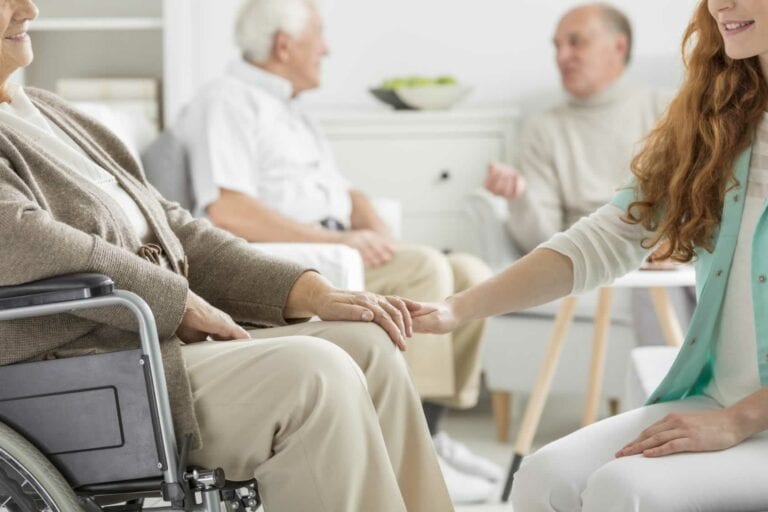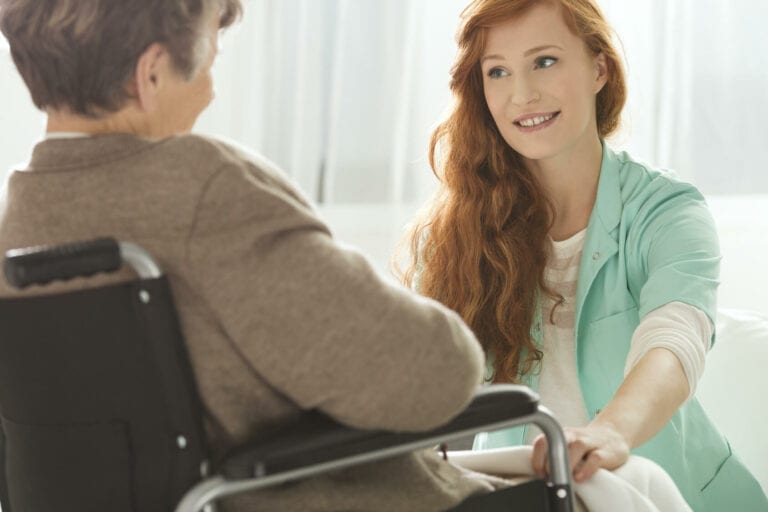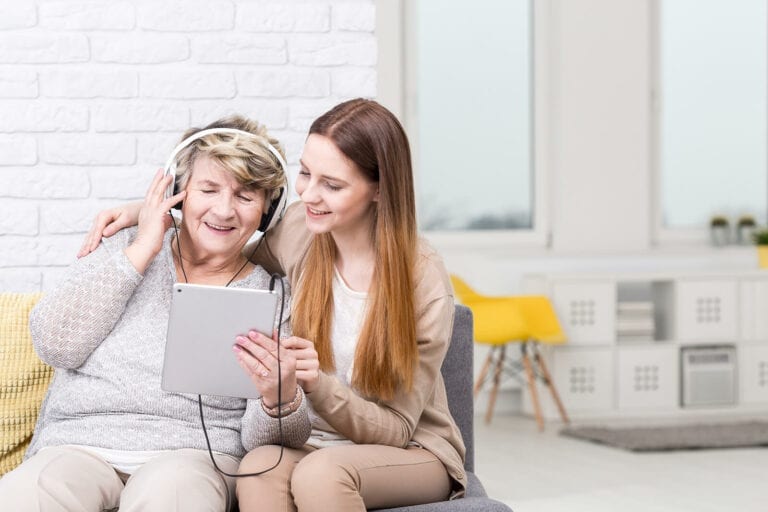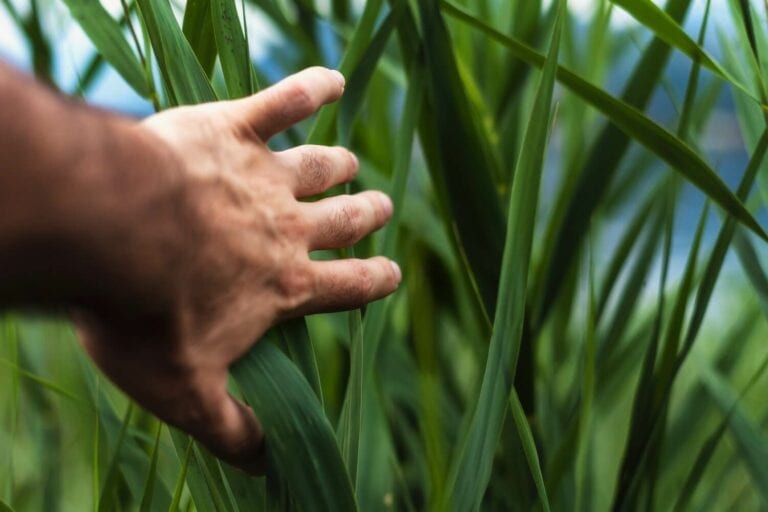
Cancer treatments have been improved thanks to advances in research to be more effective and reduce side effects. However, there are still some misconceptions about cancer treatment. Here’s a look at some of the most common ones and the explanations behind them.
Myth: Keeping a positive attitude is all it takes to beat cancer
Truth:
The advantage of a positive attitude in cancer treatment is not scientifically proven, nor does it increase your chances of being cured.
A positive attitude is likely to improve your chances of staying active, maintaining your relationships with family, and continuing to enjoy social activities throughout your cancer journey. It might also help you find support from your friends and family in dealing with your cancer.
We should have cured cancer by now if we put man on the moon.
Truth:
Cancer research is proving more challenging than perfecting the engineering and physics involved in spaceflight. As a disease group, cancer can be divided into several categories. Its cause will vary for each individual. Although cancer diagnosis and treatment have improved dramatically, scientists still need to learn more about what causes a cell to become cancerous and why some people can survive cancer better than others.
As well, cancer is a dynamic disease that may develop new mutations throughout its course. In this case, chemotherapy drugs or radiation treatments may no longer be effective in treating cancer cells.
Myth: Drug firms and the U.S. Food and Drug Administration (FDA) are preventing or withholding new cancer treatments
Truth:
In other words, this is a situation in which your doctor makes your safety a high priority. The FDA must approve new drugs before they can be administered to people not participating in clinical trials.
Scientists must study new cancer treatments for safety and efficacy before they can be approved, which can result in reports that the FDA has blocked effective new treatments.
It is common for doctors to become involved in cancer research because one or more of their family members or friends has been diagnosed with the disease. For this reason, they are just as motivated to find a cure as anyone else. As well, they wish to spare others the experiences they have had by not allowing a loved one to go through pain.
Myth: Regular checkups and todays clinical can detect all cancer early
Truth:
Cancer is a complex disease, and there’s no surefire way to detect it. Medical care can assist in improving the chance of catching it early, but it can’t guarantee it.
In the past few decades, routine screening has been associated with a reduction in cancer deaths involving the prostate, cervix, breast, lung, colon and rectum.
Ignorance: You can’t live at home, go to work, or accomplish your usual business while receiving cancer treatment.
Truth:
Outpatient cancer treatment is usually done in the community of the patient. While sometimes it may be necessary to travel to a specialty medical center for treatment, most of the time doctors from such a facility work with doctors in the area, allowing you to remain with family and friends.
In most cases, it is possible to return to or continue working following a leave of absence to focus on health. People who are receiving cancer treatment now have many options to live a more-normal life. For example, chemotherapy drugs are available to better control nausea along with exercises programs. Therefore, you often can maintain an active lifestyle during your treatment.
Myth: Cancer is always painful
Truth:
Several forms of cancer are painless. Doctors are now more aware of how important it is to control cancer pain, especially in advanced cancer patients, and they have learned better ways to manage it. The goal of pain management is to control the pain, if not eliminate it entirely, so that it has little impact on your daily routine.
Myth: A needle biopsy can disrupt cancer cells, causing them to travel to other parts of the body
Truth:
In most cases of cancer, needle biopsy isn’t conclusive evidence that the process spreads cancer cells. It’s important to note, though, that doctors are often aware of exceptions: for example, a needle biopsy is seldom used during the diagnosis of testicular cancer. Instead, a doctor will remove the testicle if the testicle is suspected of being cancerous.
Myth: Surgery induces cancer to disperse
Truth:
The majority of cancers can be treated surgically, and removing the cancer is often the first and most crucial step in treatment. Surgical removal of the cancer is not known to cause the cancer to spread.
During recovery, some people feel worse than they did before surgery, possibly leading them to believe this myth.
Myth: Every type of cancer receives the same treatment
Truth:
In order for the treatment to be effective, it must adapt to you. The variation in treatment depends on the level of involvement of the cancer, the extent of its spread, the effect on your body’s functions, and your overall health.
A growing number of cancer treatments are being tailored to your cancer cells by genetic testing. Certain mutations or changes in your cancer cells could help guide your treatment. A person’s genes may affect how their body responds to cancer treatments. For example, some genes can indicate that they are less sensitive to chemotherapy treatments and drug therapy than others.
Truth:
If you decide to treat your cancer, you should discuss your options and learn what your options are with your doctor.
People with cancer may opt out of treatment if they:
A slow-growing cancer. It is possible to survive a slow-growing cancer without having any signs or symptoms; laboratory tests might show it is growing very slowly. Some people might choose to observe the cancer and wait. If the cancer suddenly worsened, treatment is always an option.
Other medical conditions. Having other serious illnesses may be a sufficient reason for not treating your cancer, especially if the cancer is slow-growing.
A late-stage cancer. A doctor can still provide comfort measures, such as pain relief, if the side effects of a treatment outweigh the benefits. But even if you decide not to receive treatment, he or she can still provide comfort measures







